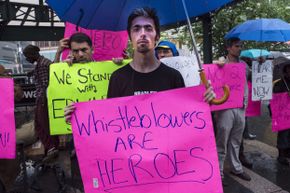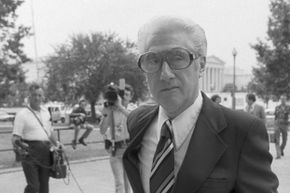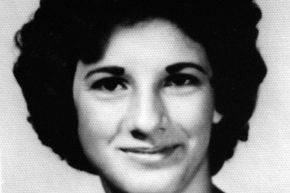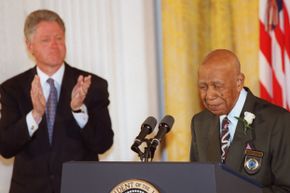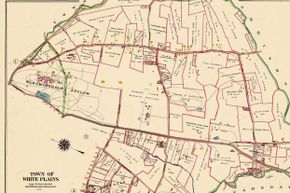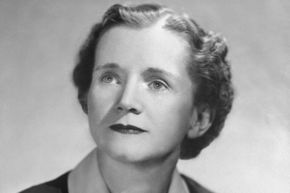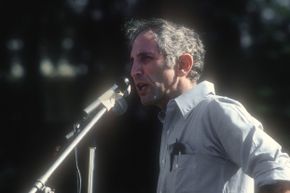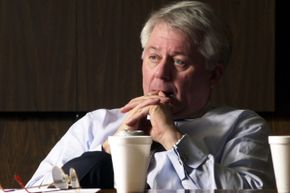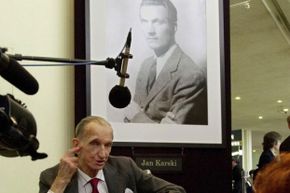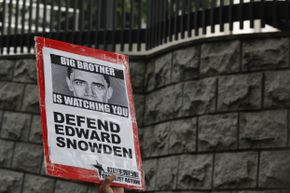Human nature has a nasty tendency to run amok when left to its own devices. That's especially true when people get a taste of power or money -- corrosive and corrupting influences that often lead otherwise good people to make incredibly evil choices.
It's a good thing, then, that there are counterweights to those evils. There are people willing to sneak grimy, dirty classified files and documents from under lock and key and into the disinfecting power of sunlight. They are the whistleblowers.
Advertisement
Whistleblowers have a conflicted history. They're sometimes viewed as sneaky traitors with grudges to settle. Other times, they're lauded as heroes of the best kind, willing to risk their reputations and even their lives to expose terrible wrongdoings.
Sometimes, whistleblowers get blown off. Sometimes they disappear due to mysterious circumstances before they can bring their evidence to light. And sometimes these men and women manage to get the word out, shattering public perceptions, shaming politicians and shuttering corporations for the wrongs they've committed.
It's those successful whistleblowers that leave a permanent mark on our human history. Keep reading and you'll see 10 of the most famous whistleblowers ever to sound the alarm.
